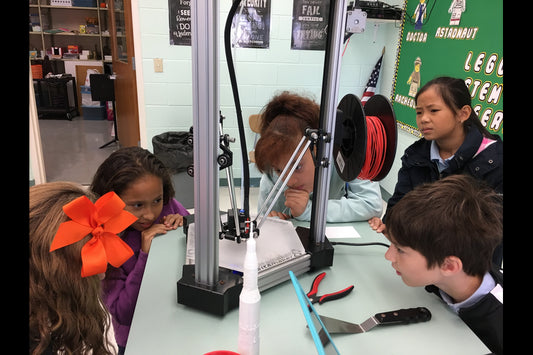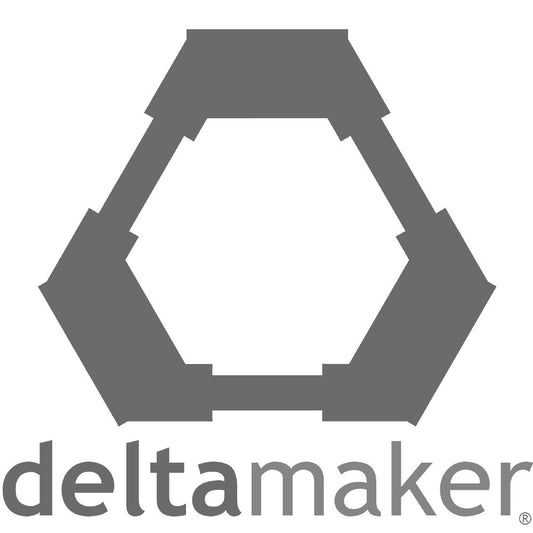Blog

Sweetwater Elementary joins STAR, Inc. to learn...
Check out the Sweetwater Elementary post to learn how STAR, Inc. is teaming up with schools.
Sweetwater Elementary joins STAR, Inc. to learn...
Check out the Sweetwater Elementary post to learn how STAR, Inc. is teaming up with schools.
Happy Holiday's
It's December already? Where did 2016 go? Oh well, time must go on. The Holiday's are here and it's the perfect time to make things! With everyone thinking of gifts...
Happy Holiday's
It's December already? Where did 2016 go? Oh well, time must go on. The Holiday's are here and it's the perfect time to make things! With everyone thinking of gifts...

We've Been Busy!
A lot has happened since our last blog update, and we've been busy! Here's a quick recap of everything that's happened since the last blog post; We've Moved! While our...
We've Been Busy!
A lot has happened since our last blog update, and we've been busy! Here's a quick recap of everything that's happened since the last blog post; We've Moved! While our...
Creating a 3D Printed Mold- Part 1 Prepare The ...
What do you do when you need a custom mold and can't swing the outrageous fees to have one made? Do it yourself! Recently, Kathryn from Sappho Chocolates in Ormond...
Creating a 3D Printed Mold- Part 1 Prepare The ...
What do you do when you need a custom mold and can't swing the outrageous fees to have one made? Do it yourself! Recently, Kathryn from Sappho Chocolates in Ormond...
Consistently Great Prints, Part 1
This post is the 1st of 3 parts, on a discussion of basic techniques that will keep your 3D printer operating at it's best, and producing consistently great printed results. As desktop...
Consistently Great Prints, Part 1
This post is the 1st of 3 parts, on a discussion of basic techniques that will keep your 3D printer operating at it's best, and producing consistently great printed results. As desktop...
Local Maker Space Exiles MakerBots
The facebook post read "Goodbye MakerBots, hello DeltaMakers!" Factur is a membership driven Makerspace in Orlando and its 40+ members demand reliable, stable equipment. After months of frustration, Factur Founder Doug...
Local Maker Space Exiles MakerBots
The facebook post read "Goodbye MakerBots, hello DeltaMakers!" Factur is a membership driven Makerspace in Orlando and its 40+ members demand reliable, stable equipment. After months of frustration, Factur Founder Doug...
